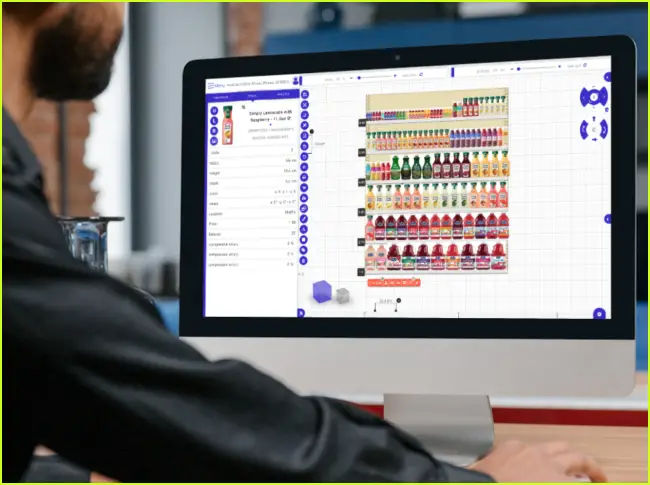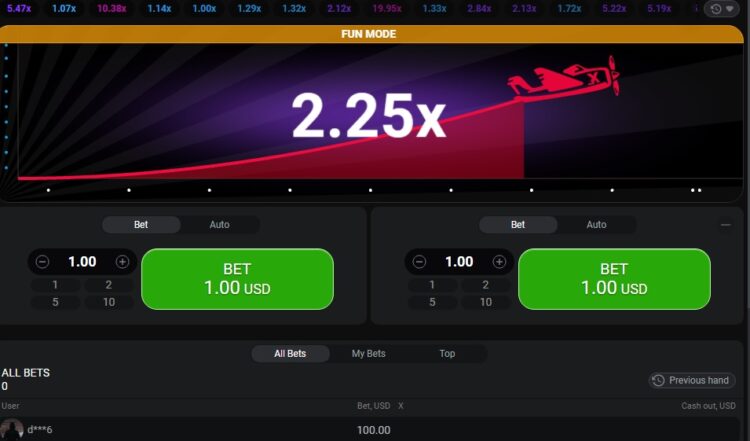
5 Common Planogram Mistakes
In the competitive world of retail, the layout and visual presentation of products can make or break a sale. Planograms are essential tools in retail merchandising strategy, serving as visual blueprints that dictate product placement on shelves. When executed properly, a planogram can boost sales, improve customer satisfaction, and maximize space utilization. However, even the most seasoned merchandisers can fall prey to common planogram mistakes that derail performance.
Below, we explore the five most common planogram mistakes and offer actionable solutions to avoid them. Whether you’re a retail chain manager, visual merchandiser, or store planner, understanding and correcting these errors can have a profound impact on your bottom line.
5 Common Planogram Mistakes and How to Avoid Them
1. Ignoring Consumer Behavior Patterns
One of the most critical planogram mistakes is designing layouts without considering how customers actually shop. Retailers often rely solely on supplier recommendations or historical sales data without aligning planogram strategy with real-world consumer behavior.
Why It Matters: Failing to incorporate consumer psychology into your planograms results in layouts that feel unnatural and uninviting. Products may be hard to find, impulse items can be poorly positioned, and high-demand items might not be placed at optimal heights.
How to Fix It:
- Conduct in-store traffic analysis and shopper journey mapping.
- Place high-margin and popular products at eye level.
- Position impulse items near checkout or along the customer path.
- Consider dominant hand traffic flow (e.g., right-handed shoppers tend to turn right).
2. Lack of Planogram Compliance and Execution
Creating a perfect planogram is only half the battle. If stores don’t implement the design correctly, your strategy fails at the execution stage. Poor compliance is a widespread issue in multi-location retailers and franchises.
Why It Matters: Inconsistent shelf displays lead to a fragmented customer experience, brand inconsistency, and missed sales opportunities. Non-compliant planograms can also skew performance metrics, making it difficult to measure success.
How to Fix It:
- Use planogram software with compliance tracking features.
- Train store staff on visual merchandising standards.
- Conduct regular planogram audits and provide feedback.
- Leverage mobile tools for real-time verification.
3. Overcrowded or Underutilized Shelf Space
Another frequent mistake is either cramming too many products onto a shelf or underutilizing valuable shelf real estate. Both extremes create problems—overcrowding leads to visual clutter and confusion, while sparse displays appear empty and neglected.
Why It Matters: Poor shelf management can result in stockouts, product damage, and a decrease in customer satisfaction. It also disrupts inventory rotation and increases replenishment costs.
How to Fix It:
- Use sales data and velocity reports to determine appropriate SKU counts.
- Balance facing and depth for visual appeal and replenishment ease.
- Implement a regular shelf reset schedule to optimize presentation.
- Test new layouts in low-risk stores before wide rollout.
4. Neglecting Local Demographics and Store-Specific Needs
Applying a uniform planogram across all store locations may seem efficient but often backfires. What works in one demographic or region may underperform in another.
Why It Matters: Shoppers in urban areas may prefer grab-and-go items, while suburban locations might thrive on bulk packaging. Ignoring local preferences reduces customer relevance and conversion.
How to Fix It:
- Segment stores into clusters based on sales, size, and demographics.
- Customize planograms with flexible modules that accommodate variation.
- Collect local sales insights from store managers and POS data.
- Consider cultural and seasonal differences when planning layouts.
5. Failure to Leverage Planogram Data for Continuous Improvement
Too many retailers treat planograms as static documents. Without analyzing their impact or iterating based on real results, they miss out on valuable insights.
Why It Matters: A non-evolving planogram strategy becomes outdated quickly, leading to missed trends, ineffective layouts, and declining ROI.
How to Fix It:
- Implement planogram software with robust analytics dashboards.
- Track KPIs such as sales per square foot, stock turn rate, and compliance rate.
- A/B test layouts to find the most effective arrangements.
- Regularly update your planograms based on performance reviews.
Avoiding Planogram Mistakes with PlanoHero
Retailers looking to streamline their visual merchandising efforts and avoid these common planogram pitfalls can turn to planohero.com/en. This intuitive cloud-based planogram software helps retail teams design, implement, and monitor planograms with precision. With features like compliance tracking, real-time collaboration, and customizable templates, PlanoHero empowers retailers to create data-driven layouts that boost sales and enhance customer experience.
Mastering planogramming isn’t just about pretty shelves—it’s about aligning visual merchandising with strategic retail goals. By avoiding these five common mistakes, retailers can unlock greater efficiency, drive sales growth, and deliver a superior shopping experience. As the retail landscape evolves, so should your planogram practices. Stay informed, stay flexible, and invest in tools that support agile merchandising.
Popular Categories





:max_bytes(150000):strip_icc()/GuidetoWealthPreservation-recirc3-v12-1a5afdf1b7184c6da8a2921cc6e59070.png)